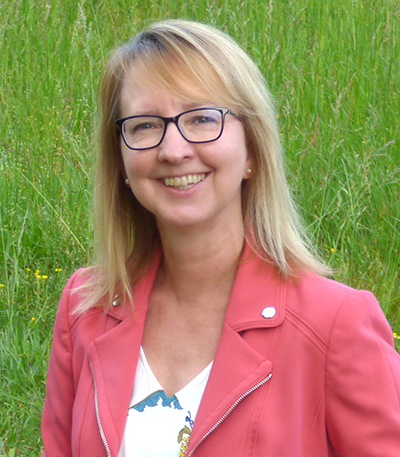Subtitled: The science of setting them, achieving them and creating your best life
This might be kinda strange to hear from a coach, but I’ve always had this aversion to setting goals. I definitely want to keep growing and be effective, but goals just aren’t something that have been strong motivators for me.
But you know, goals are a kind of a big deal in the personal and professional development space, so it’s been fascinating to me to study goal-setting – both as it relates to my coaching clients and to my own goal aversion mindset.
So when my brother gifted me Big Goals, I immediately dug right in!
The author takes an academic approach to the practice of setting and achieving goals, leaning heavily on research of her own, studies from other researchers and sprinkling in real-world examples to illustrate her points.
Her big point in Big Goals is that the popular SMART framework for goal-setting is outdated and ineffective, which led her to develop the BRIDGE framework.
The SMART framework is that a goal needs to be:
Specific
Measurable
Attainable
Relevant
Time-bound
(some people use different, but similar A and R words)
Her BRIDGE framework calls us to use the following when setting and striving for goals:
Brainstorming
Relationships
Investments
Decision-making
Good Grit
Excellence
She lays out the science behind the BRIDGE approach and gives the reader a ton of resources to work on each of those aspects – mainly prompts for reflection and self-discovery.
For as thorough as her explanation of this new framework is, what I found most interesting was the section on what needs to happen before we even approach setting goals.
Here’s a key passage found on page 54 where she mentions a study:
The meta-analysis shows – contrary to popular beliefs – we only succeed in our goals when we are in a flourishing emotional state beforehand. We do not become happy because we achieve something, we prime the pump for success when we elevate our well-being first.
I’ll repeat that: We do not become happy because we achieve something, we prime the pump for success when we elevate our well-being first.
She goes on to mention several ways to do that like gratitude, spending time doing things which bring us joy, mindfulness, meditation and using our talents and strengths to serve others. That last one is what I see as being overlooked by so many, yet often has the most impact.
When my clients focus on living and working in their values, expressing their talents and strengths, they find so much joy and energy that they often forget the original reason why they came to me for coaching.
So I love that the research backs this up and thanks to Caroline Miller for bringing this to the forefront.
I hope you take a look at this fascinating book and then let me know what your top takeaways are!
